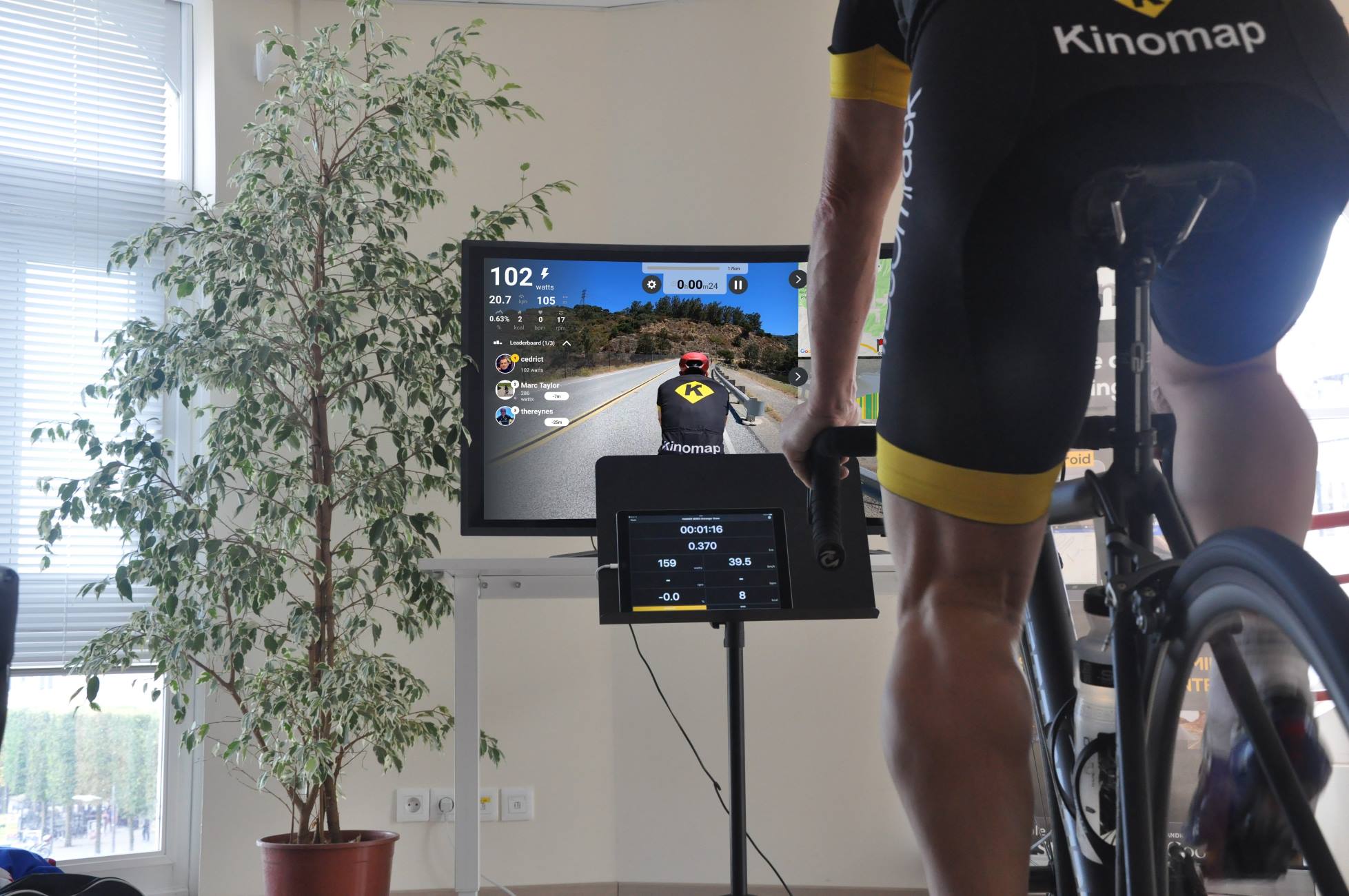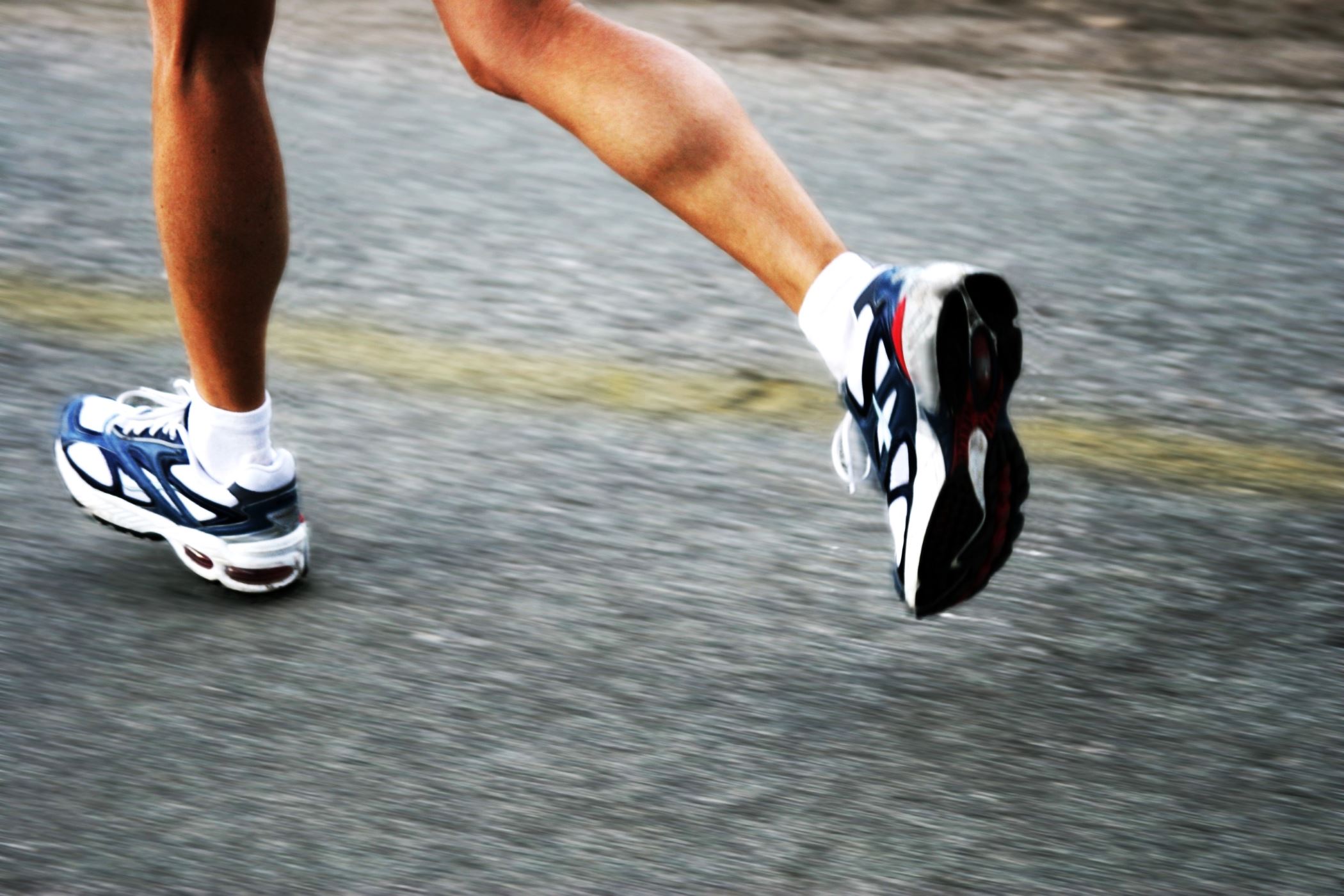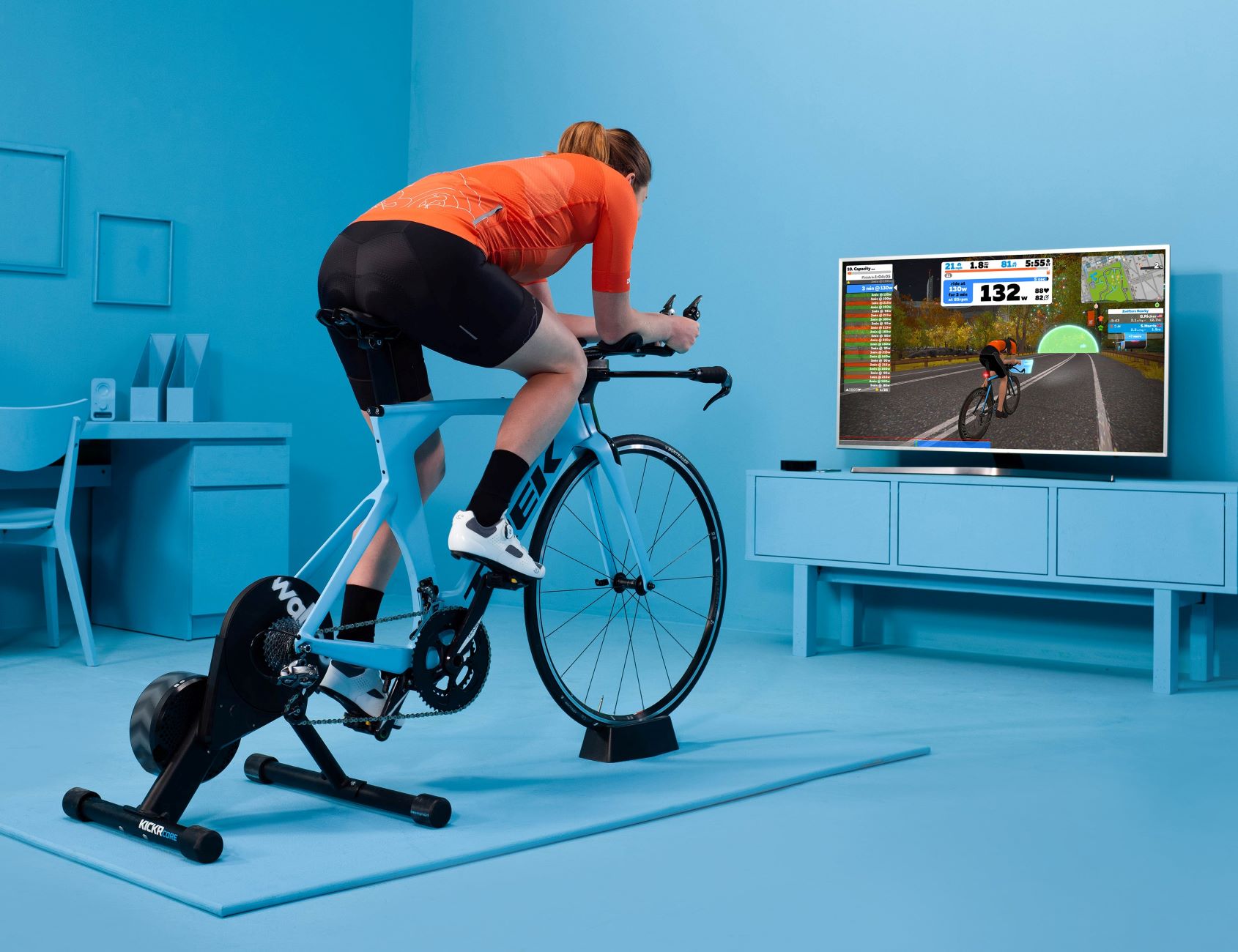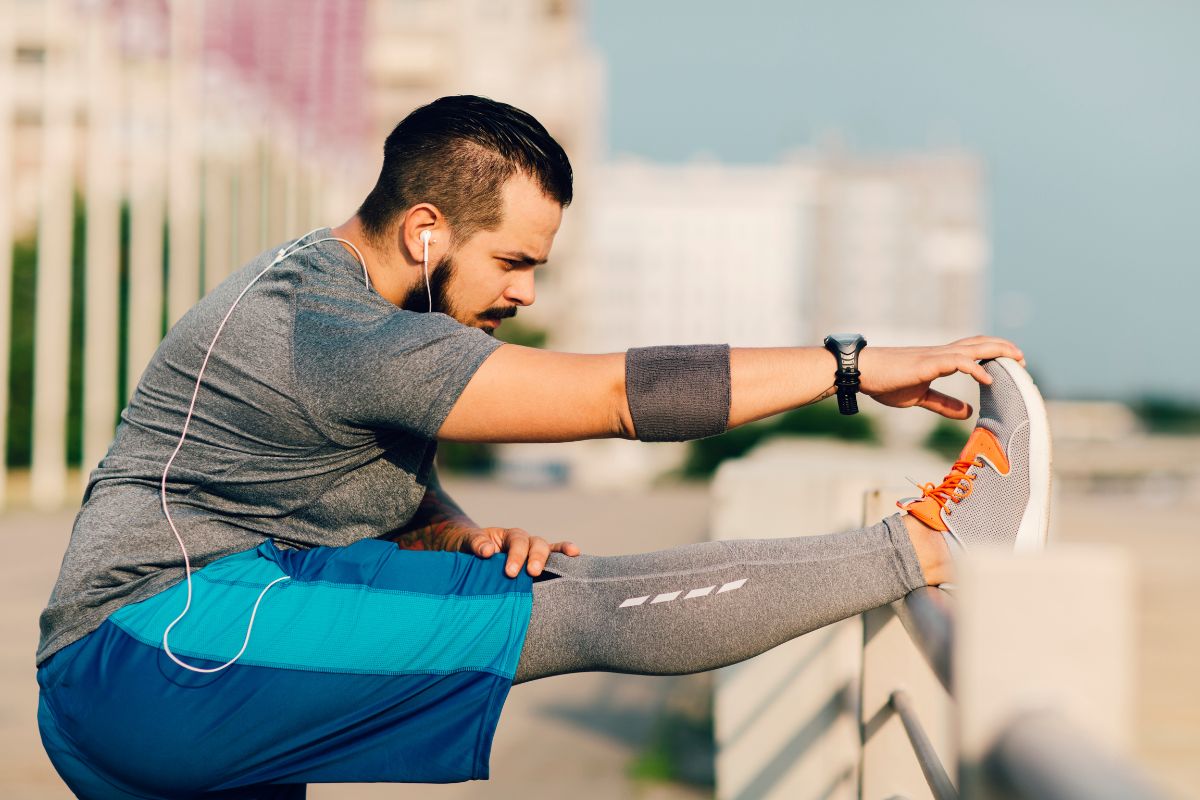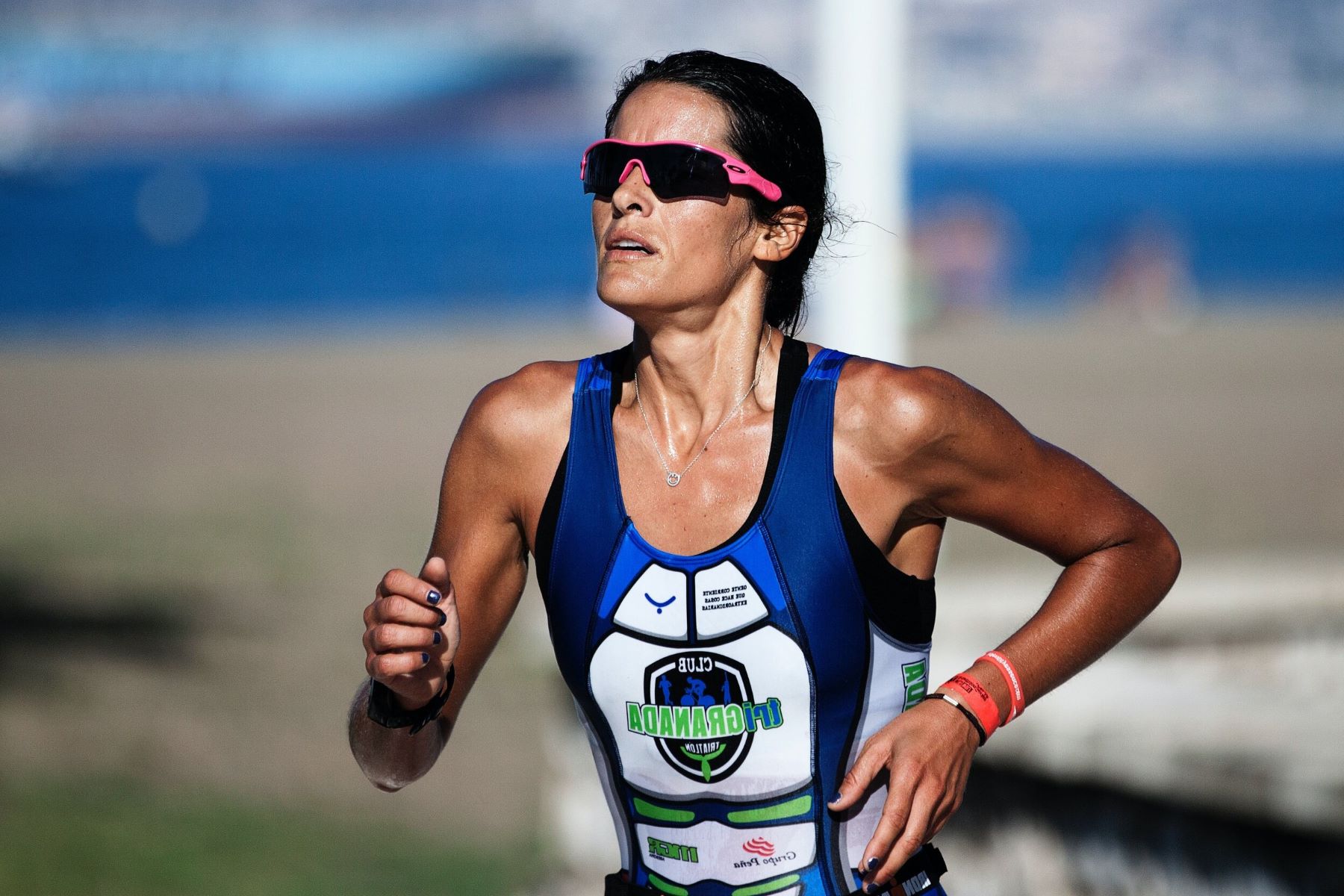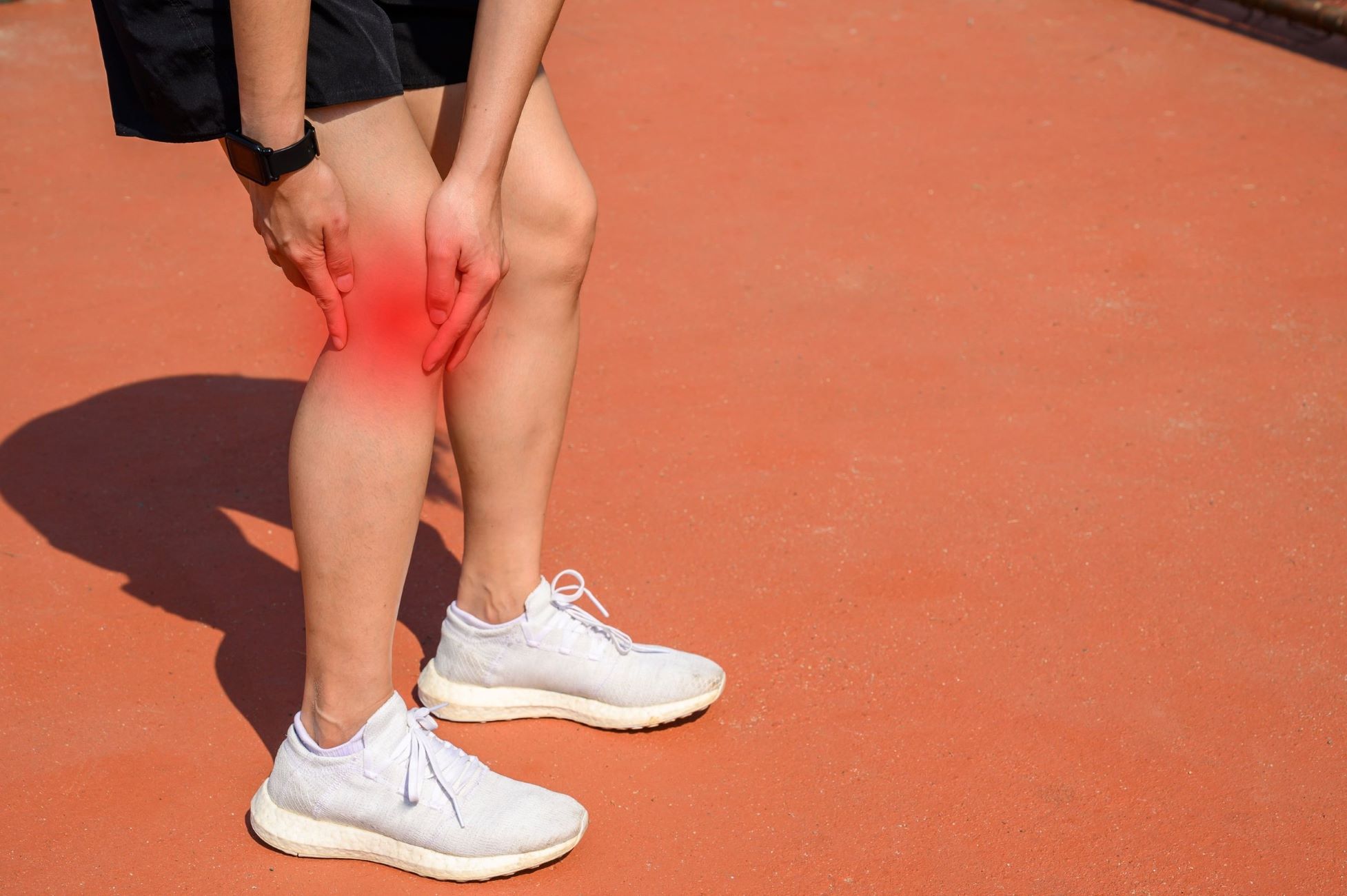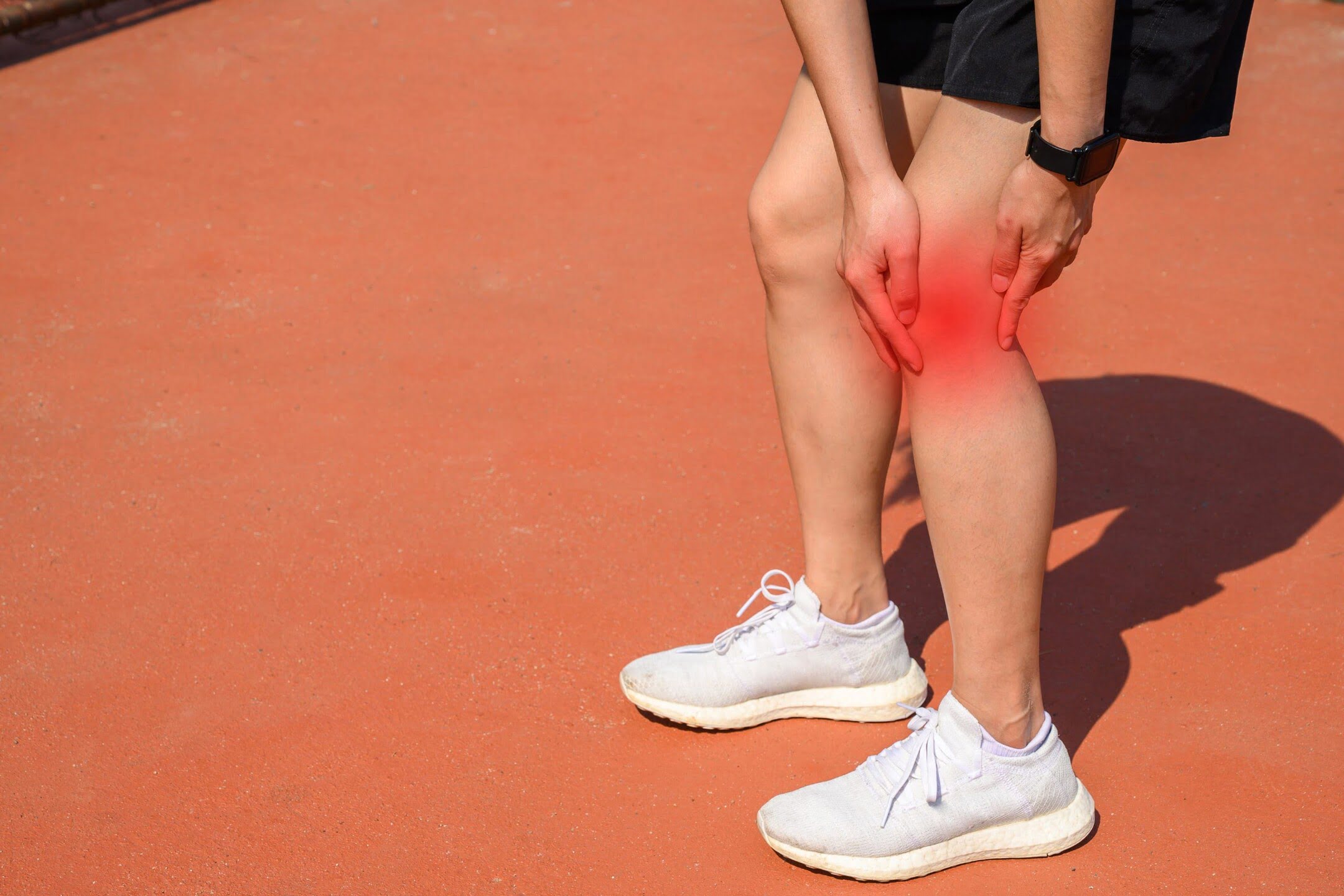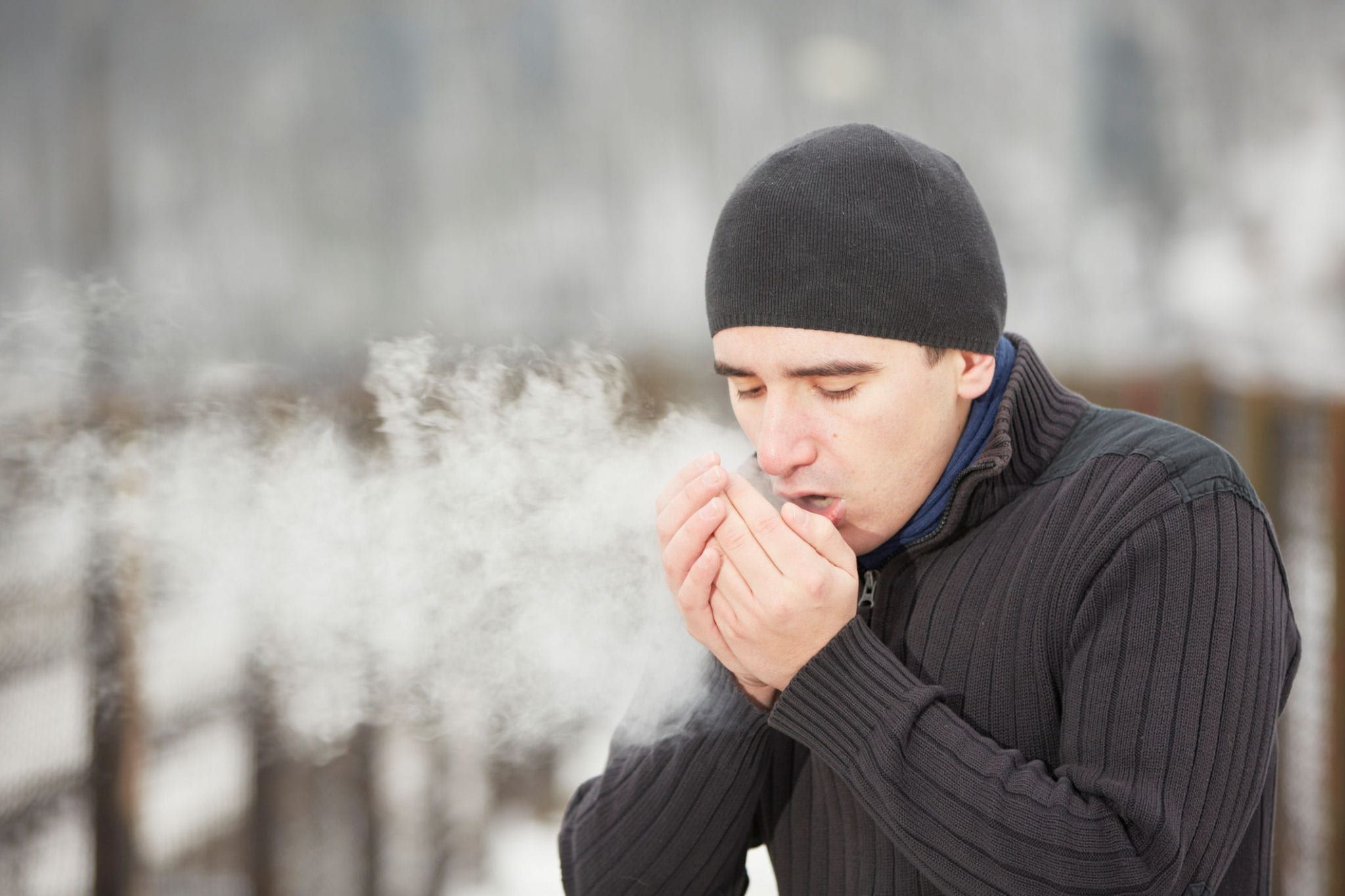Home>Health & Nutrition>The Impact Of Raynaud’s Syndrome On Runners
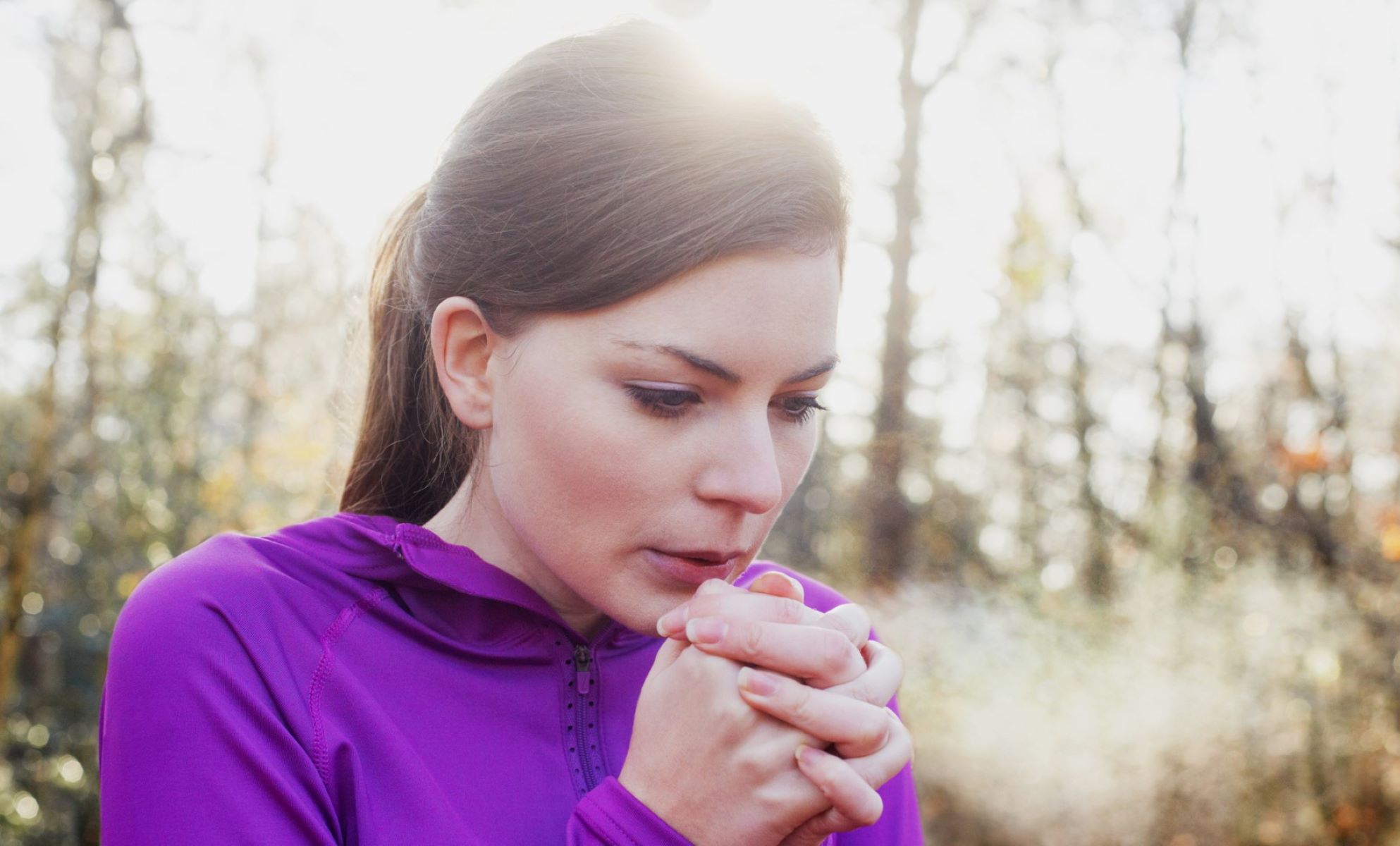

Health & Nutrition
The Impact Of Raynaud’s Syndrome On Runners
Published: February 23, 2024
Discover how Raynaud's Syndrome affects runners and learn valuable health and nutrition tips to manage its impact on your training and performance.
(Many of the links in this article redirect to a specific reviewed product. Your purchase of these products through affiliate links helps to generate commission for Therunningadvisor.com, at no extra cost. Learn more)
Table of Contents
Understanding Raynaud's Syndrome
Raynaud's syndrome, also known as Raynaud's phenomenon or Raynaud's disease, is a condition that affects blood flow to certain parts of the body, typically the fingers and toes. This condition is characterized by vasospasms, which are episodes of reduced blood flow to these extremities, leading to discoloration and discomfort.
The primary cause of Raynaud's syndrome is the constriction of small blood vessels in response to cold temperatures or emotional stress. This constriction limits blood supply to the affected areas, resulting in a pallid or bluish discoloration of the skin. Once the vasospasm subsides, the blood flow returns, causing the skin to turn red and may result in a tingling or throbbing sensation.
There are two types of Raynaud's syndrome: primary and secondary. Primary Raynaud's, also known as Raynaud's disease, occurs on its own and is less severe. Secondary Raynaud's, also known as Raynaud's phenomenon, is typically associated with other health conditions, such as autoimmune diseases or connective tissue disorders.
Understanding the underlying mechanisms of Raynaud's syndrome is crucial for individuals, especially runners, as it can significantly impact their performance and overall well-being. Runners with Raynaud's syndrome may experience challenges during their training sessions and races, as the condition can lead to discomfort, numbness, and reduced dexterity in the affected extremities.
By gaining a deeper understanding of Raynaud's syndrome, runners can better manage the condition and make informed decisions to support their athletic endeavors.
Symptoms of Raynaud's Syndrome in Runners
Runners with Raynaud's syndrome may encounter distinct symptoms that can impact their training and performance. The characteristic vasospasms associated with Raynaud's syndrome can manifest during running sessions, particularly in colder environments or when exposed to sudden temperature changes. Understanding these symptoms is essential for runners to effectively manage the condition and optimize their running experience.
-
Discoloration of Extremities: One of the hallmark symptoms of Raynaud's syndrome in runners is the discoloration of the fingers and toes during or after running. When exposed to cold temperatures, the affected extremities may turn white or bluish due to reduced blood flow. As the blood flow returns, the skin may transition to a reddish hue, accompanied by a tingling or throbbing sensation.
-
Numbness and Tingling Sensation: Runners with Raynaud's syndrome may experience numbness and a tingling sensation in their fingers and toes, particularly when running in cold weather. This can affect their dexterity and grip, potentially impacting their running form and overall performance.
-
Reduced Sensation and Coordination: The vasospasms associated with Raynaud's syndrome can lead to reduced sensation and coordination in the affected extremities. Runners may notice a decrease in their ability to feel and control their fingers and toes, which can affect their overall running experience and pose challenges during training and races.
-
Pain and Discomfort: Some runners with Raynaud's syndrome may experience pain and discomfort in their fingers and toes during or after running sessions. The constriction of blood vessels and the subsequent reperfusion can cause aching or throbbing sensations, impacting the enjoyment and effectiveness of their runs.
-
Impact on Performance: The symptoms of Raynaud's syndrome can have a direct impact on a runner's performance. Reduced dexterity, discomfort, and altered sensation in the extremities can affect their ability to maintain optimal running form and may lead to distractions during training or races.
Recognizing these symptoms is crucial for runners with Raynaud's syndrome to implement effective strategies for managing the condition while pursuing their running goals. By understanding how Raynaud's syndrome manifests during running activities, individuals can take proactive measures to mitigate its impact and ensure a more comfortable and fulfilling running experience.
Managing Raynaud's Syndrome while Running
Managing Raynaud's syndrome while engaging in running activities requires a proactive approach to minimize the impact of vasospasms and ensure a more comfortable and enjoyable running experience. Runners with Raynaud's syndrome can implement various strategies to mitigate the symptoms and maintain optimal performance during training sessions and races.
Dressing Appropriately
Wearing appropriate clothing is crucial for runners with Raynaud's syndrome, especially when running in cold or fluctuating temperatures. Layering up with moisture-wicking and insulating fabrics can help regulate body temperature and reduce the risk of triggering vasospasms. Additionally, using hand and toe warmers or specialized thermal gloves and socks can provide targeted warmth to the extremities, minimizing the likelihood of discoloration and discomfort during runs.
Pre-Run Warm-Up
Prior to embarking on a run, incorporating a thorough warm-up routine can help stimulate blood flow and prepare the body for physical exertion. Engaging in dynamic stretching exercises and light cardiovascular activities can promote circulation, potentially reducing the occurrence of vasospasms during the run. By gradually increasing blood flow to the extremities, runners with Raynaud's syndrome can minimize the impact of cold-induced vasospasms and enhance their running performance.
Strategic Running Routes
Choosing running routes that offer shelter from cold winds and extreme temperatures can significantly benefit runners with Raynaud's syndrome. Opting for paths with adequate sunlight exposure or running indoors during particularly cold weather can help minimize the risk of triggering vasospasms. By strategically planning running routes, individuals can create a more conducive environment for their runs, reducing the likelihood of experiencing discomfort and discoloration in their fingers and toes.
Mindful Cooling Down
After completing a run, engaging in a gradual and mindful cooling down process is essential for runners with Raynaud's syndrome. Abrupt exposure to colder temperatures during the post-run phase can trigger vasospasms, leading to discomfort and discoloration in the extremities. By gradually cooling down in a controlled environment and maintaining body warmth, runners can minimize the risk of vasospasms and ensure a smoother transition after their run.
Hydration and Nutrition
Maintaining proper hydration and nutrition is vital for runners with Raynaud's syndrome. Adequate hydration supports overall circulation, while a balanced diet rich in nutrients and antioxidants can promote vascular health. Consuming warm beverages before and after runs, such as herbal teas or warm water with lemon, can also contribute to maintaining body warmth and supporting circulation in the extremities.
By implementing these proactive strategies, runners with Raynaud's syndrome can effectively manage the condition while pursuing their passion for running. These measures not only help minimize the impact of vasospasms but also contribute to a more enjoyable and fulfilling running experience, allowing individuals to focus on their performance and well-being without undue concern for the symptoms of Raynaud's syndrome.
Tips for Runners with Raynaud's Syndrome
-
Stay Informed and Educated: Understanding the triggers and symptoms of Raynaud's syndrome is crucial for runners. By staying informed about the condition and its management, individuals can make informed decisions to support their running endeavors.
-
Invest in Quality Running Gear: Choosing the right running gear can make a significant difference for runners with Raynaud's syndrome. Investing in thermal gloves, moisture-wicking socks, and insulated running apparel can provide essential protection against cold-induced vasospasms, ensuring a more comfortable and enjoyable running experience.
-
Mindful Monitoring of Weather Conditions: Keeping a close eye on weather forecasts and temperature fluctuations is essential for runners with Raynaud's syndrome. By being mindful of environmental conditions, individuals can plan their runs strategically, opting for milder weather and avoiding extreme cold that may trigger vasospasms.
-
Maintain Regular Exercise: Engaging in regular exercise, including running, can contribute to overall circulation and vascular health. By maintaining a consistent exercise routine, runners with Raynaud's syndrome can potentially reduce the frequency and severity of vasospasms, supporting their long-term well-being.
-
Practice Stress Management: Emotional stress can exacerbate the symptoms of Raynaud's syndrome. Implementing stress-reducing techniques such as meditation, deep breathing exercises, or yoga can help runners manage their stress levels, potentially minimizing the occurrence of vasospasms during running activities.
-
Seek Support from Fellow Runners: Connecting with other runners who have experience with Raynaud's syndrome can provide valuable insights and support. Sharing tips and strategies with fellow runners can foster a sense of community and offer practical advice for managing the condition while pursuing running goals.
-
Consult with Healthcare Professionals: Seeking guidance from healthcare professionals, such as rheumatologists or vascular specialists, can provide personalized recommendations for managing Raynaud's syndrome. Healthcare professionals can offer tailored advice on medication, lifestyle adjustments, and additional measures to support runners in effectively managing the condition.
-
Listen to Your Body: Paying attention to the body's signals during running activities is essential for runners with Raynaud's syndrome. Being attuned to early signs of vasospasms, such as changes in skin color or sensation, allows individuals to take prompt action, such as seeking warmth or adjusting their running intensity to minimize discomfort.
-
Stay Positive and Persistent: Maintaining a positive mindset and a persistent attitude can empower runners with Raynaud's syndrome to overcome challenges and continue pursuing their passion for running. By focusing on the joy and fulfillment that running brings, individuals can navigate the impact of Raynaud's syndrome with resilience and determination.
-
Celebrate Achievements: Recognizing and celebrating personal achievements in running, regardless of the challenges posed by Raynaud's syndrome, can foster a sense of accomplishment and motivation. Embracing progress and milestones in running endeavors can inspire individuals to persevere and thrive despite the condition's potential limitations.
By incorporating these practical tips into their running routine, individuals with Raynaud's syndrome can navigate the challenges posed by the condition while embracing the physical and mental benefits of their running pursuits.
Read more: Understanding And Managing Patellofemoral Pain Syndrome: A Comprehensive Guide For Runners
Seeking Professional Help for Raynaud's Syndrome
Seeking professional assistance is paramount for individuals managing Raynaud's syndrome, especially runners aiming to optimize their performance and overall well-being. Consulting healthcare professionals, such as rheumatologists, vascular specialists, or primary care physicians, can provide valuable insights and personalized guidance for effectively addressing the challenges posed by Raynaud's syndrome.
Healthcare professionals can conduct comprehensive evaluations to assess the severity and underlying factors contributing to an individual's Raynaud's syndrome. Through thorough examinations and diagnostic tests, they can determine whether the condition is primary or secondary, identify potential contributing factors, and tailor treatment plans to suit the individual's specific needs.
In cases of secondary Raynaud's syndrome associated with underlying health conditions, healthcare professionals can collaborate with other specialists to address the broader health implications and develop holistic management strategies. This multidisciplinary approach ensures that runners with Raynaud's syndrome receive comprehensive care that considers the interplay between their vascular health, overall well-being, and running pursuits.
Furthermore, healthcare professionals can offer personalized recommendations for medication, lifestyle modifications, and preventive measures to minimize the impact of Raynaud's syndrome on running activities. They can prescribe vasodilators or other medications to help improve blood flow to the extremities, reducing the frequency and severity of vasospasms during running sessions. Additionally, healthcare professionals can provide guidance on stress management techniques, dietary adjustments, and other supportive measures to enhance vascular health and mitigate the impact of triggers such as cold temperatures and emotional stress.
Regular follow-up appointments with healthcare professionals allow runners to track their progress, address any evolving symptoms, and fine-tune their management strategies. This ongoing collaboration ensures that individuals with Raynaud's syndrome receive continuous support and adjustments to their treatment plans, empowering them to pursue their running goals with greater confidence and comfort.
In summary, seeking professional help for Raynaud's syndrome is instrumental in empowering runners to effectively manage the condition and optimize their running experience. By leveraging the expertise and personalized guidance of healthcare professionals, individuals with Raynaud's syndrome can navigate the challenges posed by the condition while pursuing their passion for running with resilience and informed strategies.

